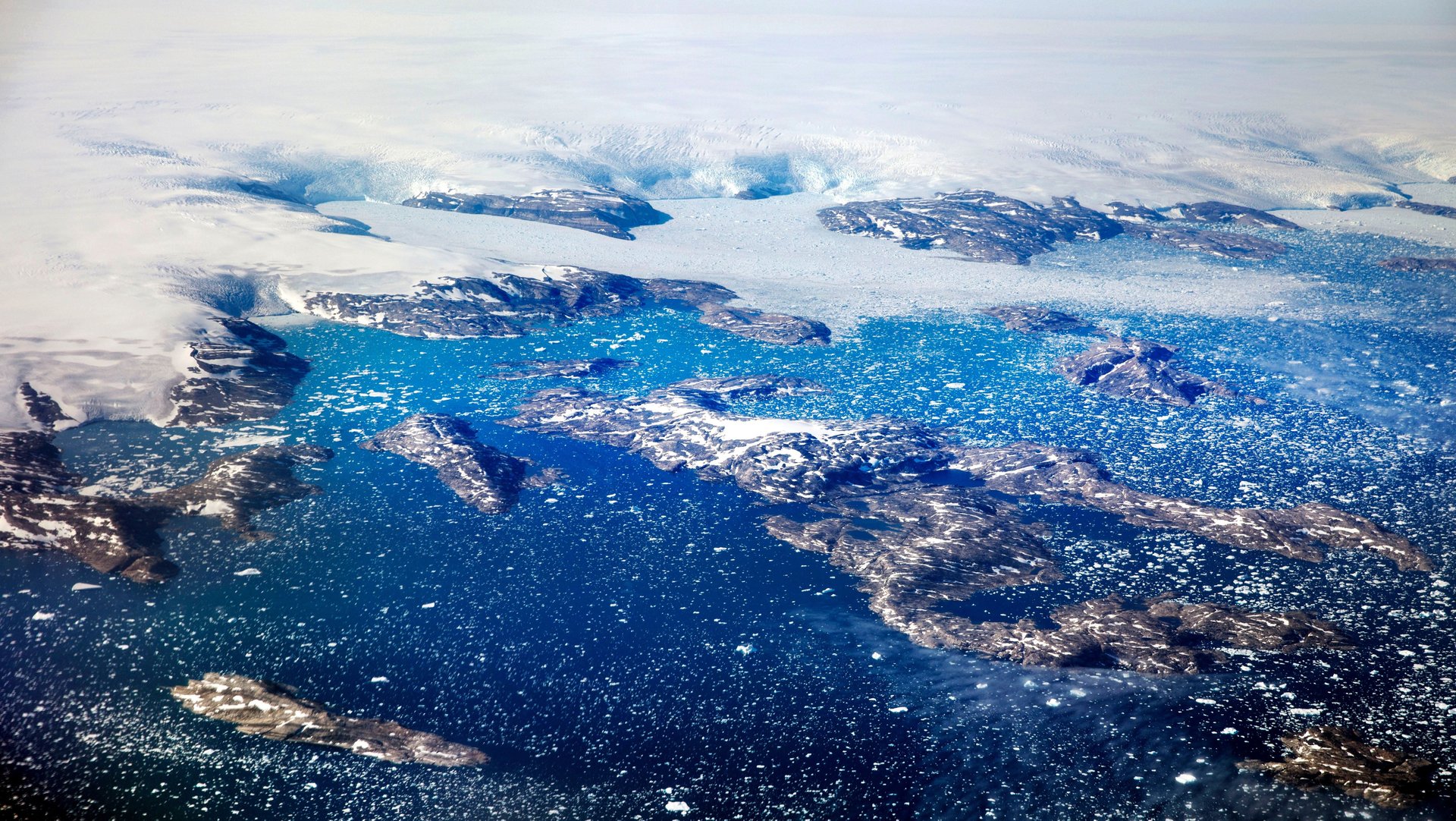Greenland is melting even in winter and Canada’s glaciers are terminally warm
Cold weather is usually good for ice and the Earth’s cryosphere. Except it’s just not cold enough anymore.


Cold weather is usually good for ice and the Earth’s cryosphere. Except it’s just not cold enough anymore.
Even in a year of bad news for the environment and for cold-weather climates specifically, this week’s lineup of new revelations about the effects of Earth’s warming temperatures was a doozy. Let’s review:
Greenland’s ice is now melting even in winter
Hundreds of meters below the ocean’s surface, giant waves of warm water are surging up into Greenland’s fjords, coming in contact with the ice sheet and causing melting even in winter, according to a paper published this week by a team from the The Scottish Association for Marine Science and Johns Hopkins University.
The “warm” water is only a few degrees above freezing, but it’s enough to cause melting on the sheet from below, Neil Fraser, an ocean physicist with The Scottish Association for Marine Science and a lead author on the paper, told the BBC. The waves are pushed toward Greenland by strong winter winds over the northeast Atlantic. It’s a “perfect storm scenario,” he said.
Greenland’s ice sheet is the biggest in the world after Antarctica’s. Ice melt in Greenland is responsible for 20% of the increase in sea-level rise each year.
Western Canada’s glaciers only have a few decades left
In 2015, researchers predicted that the glaciers of Alberta and British Columbia could shrink 70% percent by 2100, compared to their 2005 sizes. Now, the prognosis looks a little bit worse. A new “State of the Mountains” report published this week found that 80% of the mountain glaciers in Western Canada “will disappear in the next 50 years,” David Hik, an ecology professor at Simon Fraser University, told the Globe and Mail.
Canada has the third-most glacier cover in the world. Only Antarctica and Greenland have more.
This melt will dramatically change the local ecosystem, but the rest of the world will feel the loss of glaciers by way of a rise in sea level. And the process already has begun. For example, glaciers in the St. Elias range, in Canada’s Yukon, have melted by 25% compared with their 1950s sizes, adding 1.1 millimeter to the global sea level in the last 50 years.
The American West is losing its snow
Since 1982, the maximum snowpack in some parts of the American West has gotten as much as 41% smaller, according to a paper published this week by researchers at the University of Arizona and the Idaho Power Company.
They found that figure by mapping changes to snow pack over the contiguous US, by breaking up the area into 2.5-mile by 2.5-mile pixels. Snowpack is declining in the West overall, but 41% was the maximum shrinkage. If all the areas that had the 41% reduction in snow were added up, there would be enough land to cover North Carolina. And many of those pixels were in mountainous areas—which is especially troubling, because much of the US West relies on snowmelt in the mountains to provide drinking water in the summer.